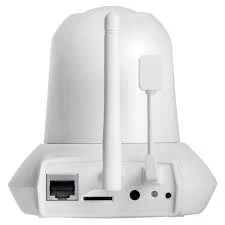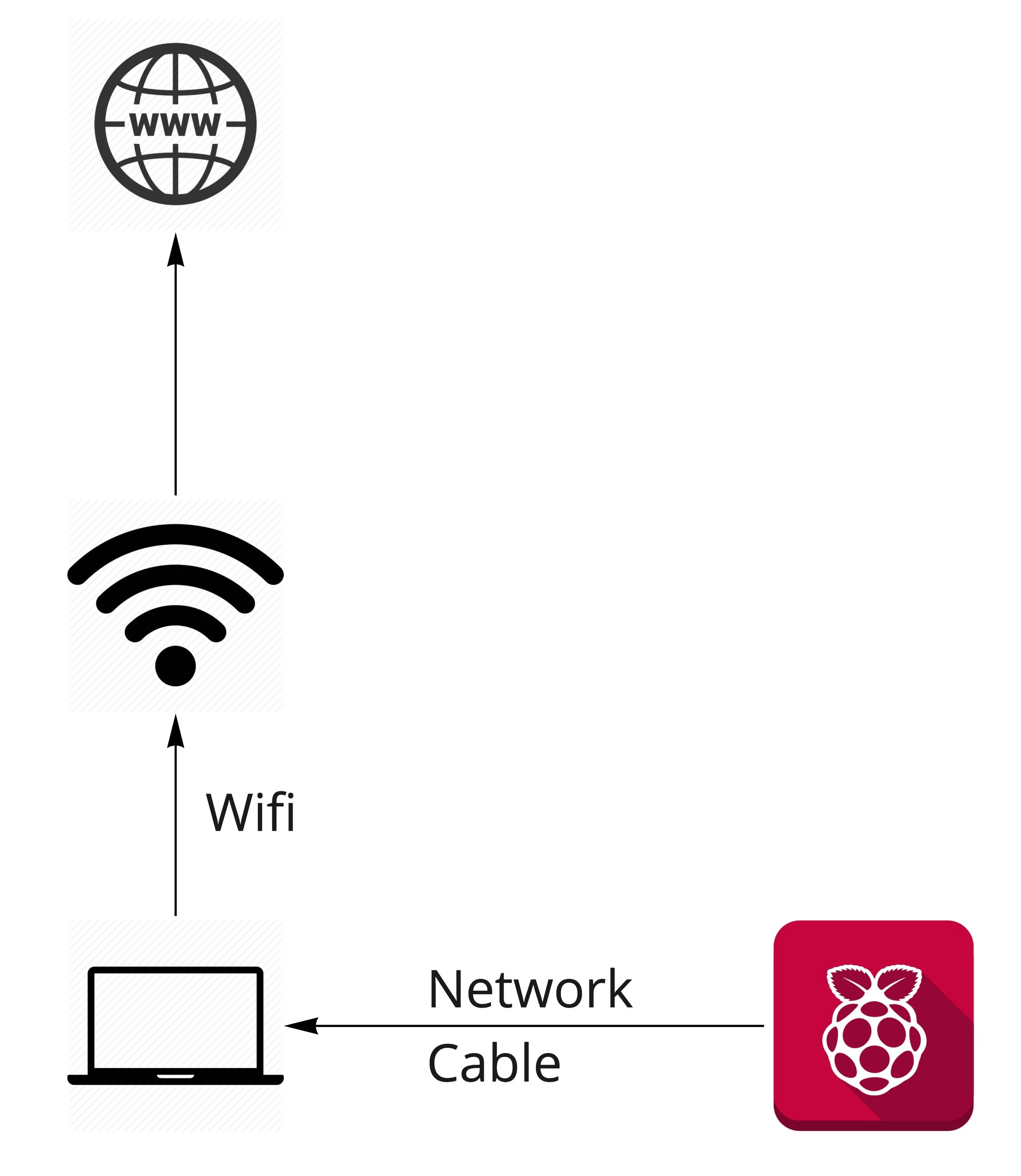A deep analysis of the attacks received by our Edimax IoT camera.
BlackHoodie Bootcamp #4 Wrap Up - Berlin 2018
his year we were lucky to be able to attend the 4th edition of the BlackHoodie Bootcamp in Berlin. BlackHoodie is a women-only reverse engineering [intensive] bootcamp, meant to introduce attendees to reverse engineering and other highly technical areas of information security in an intensive weekend. Born in 2015 with only 15 attendees, BlackHoodie has grown now to over 90 participants from all over the world.
Live Class Machine Learning for Network Security
This is the training class “Machine Learning para Seguridad en Redes y Detección de Malware” for the CACIC 2018 Conference.
The live video of the class will be added here soon.
Creating "Too much noise" in DEFCON AI village CTF challenge
During DEFCON 26 the AI village hosted a jeopardy style CTF with challenges related to AI/ML and security. I thought it would be fun to create a challenge for that and I had an idea that revolved around Denoising Autoencoders (DA). The challenge was named “Too much noise” but unfortunately it was not solved by anyone during the CTF. In this blog I would like to present the idea behind it and how one could go about and solve it.
What do we know about NanoCore RAT? A review.
NotPink: The first security conference given by women in Argentina
Notpink es la primer conferencia con charlas técnicas sobre seguridad dadas sólo por mujeres en Argentina. Tuvo lugar en la Universidad de Palermo el pasado 24 de Agosto. Asistieron unas 200 personas. Las charlas fueron dadas por once mujeres especialistas de diferentes áreas de la seguridad informática, esto reflejó diversos matices del ámbito de la cyberseguridad (bancario, medicina, legal, etc). Los sponsors de esta primer edición fueron ESET, Infobyte y Eleven Paths.
My first summer school
Last week I had the opportunity to attend the 1st Transylvanian Deep Learning Summer School (TMLSS). It took place in Cluj, Romania and its main focus was Deep Learning and Reinforcement Learning. Here is the link to website that includes the programme and the full list of lecturers. (link)
5 Things I Learned at my First Two Cybersecurity Conferences
Radhika Gupta is a student studying Computer Science at Carnegie Mellon University in Pittsburgh, Pennsylvania, USA. With the Stratosphere team and thanks to the Women in Tech Fund, she was able to attend Hack in Paris and Nuit Du Hack in Paris, France. Here are five things she learned after attending these conferences!
RESET 2018 Conference Wrap-Up
The first edition of RESET cybersecurity conference took place last week in the Kennedy Lecture Theatre of the UCL in London. Hundreds of attendees gathered together to discuss about cyber attacks, threat actors, threat hunting, defence strategies, and more. The event schedule consisted of 8 technical talks, 2 panels, and opening and closing notes. The speaker selection was excellent, with the presence of well known figures such as Wendy Nather, Kim Zetter, and Rebekah Brown.
High Level Overview of a Malicious Perl Bot
Visit to the NGO Market 2018: The Stories of Civil Society
How to Create a Small Lab at Home with a Raspberry Pi to execute Malware
Three Years of Publishing Malware Traffic Datasets
The Stratosphere IPS is a behavioral-based intrusion detection and prevention system. It uses machine learning algorithms to detect malicious behaviors. In order to do that, we create models based on real malware behaviours to ensure a good accuracy and performance of our IPS. For this reason, in 2015 we started our sister project called 'Malware Capture Facility Project'.
Team Learning: Python Introduction for Network Traffic Visualisation
Nomad Project
The goal of the NoMaD project is to collect, label, organize and make available a large, verified and labeled dataset of normal and malicious HTTPS connections. This dataset is designed to support the research team at Cisco Prague as well as to support the research activities and publications of the CVUT University. The project will give Cisco Systems an evolving dataset to generate better and faster analysis; and will give the CTU University the opportunity to research about the HTTPSbehaviors in the network as part of its Stratosphere Project.
CCDetector and BotnetDetectorComparer
Some days ago we finally made public two tools that were very important for starting this project. The tools are CCDetector and BotnetDetectorComparer. With these tools we created the experiments in the paper “An empirical comparison of botnet detection methods”. You can download them and use them to verify the paper and test more ideas. Please contact us if you need assistance.
New dataset, CTU-13-Extended, now includes pcap files of normal traffic
After considering several request we decided to extend the previous CTU-13 dataset to include truncated versions of the original pcap files. The pcap files include now all the traffic: Normal, Botnet and Background. The pcap files where however truncated to protect the privacy of the users, but in such a way that it is still possible to read the complete TCP, UDP and ICMP headers.
Differences on The Behavioral Patterns of Malware and Normal DNS Connections
This blog post is a comparison and analysis of the differences in the behavioral patterns found in the DNS traffic of malware and normal connections. We captured malware and normal traffic in the MCFP project and we extracted the DNS behavior with the stf tool. The captures correspond to DNStraffic of a SPAM malware, DGA-based malware and a normal computer. The idea is to analyze the differences in the behaviors as they are shown by the stf program. For an explanation of how the stfprogram is generating this data see this explanation.
The Importance of Good Labels in Security Datasets
Working as security researchers is common to create a new machine learning algorithm that we want to evaluate. It may be that we are trying to detect malware, identify attacks or analyze IDS logs, but at some point we figure it out that we need a good dataset to complete our task. But not any dataset; in fact we need a labeled dataset. The dataset will be used not only to learn the features of, for example, malware traffic, but also to verify how good our algorithm is. Since getting a dataset is difficult and time consuming, the most common solution is to get a third-party dataset; although some researchers with time and resources may create their own. Either way, most usually we obtain a dataset of malware traffic (continuing with the malware traffic detection example) and we assign the label Malware to all of its instances. This looks good, so we make our training and testing, we obtain results and we publish. However, there are important problems in this approach that can jeopardize the results of our algorithm and the verification process. Let’s analyze each problem in turn.
First Phase of the Stratosphere IPS Project Ready
The Stratosphere IPS Project officially started around January 2015 with a huge effort of development and planning. We are glad to see that after these two months we were able to start the project website and social relationships, to boost the collaboration with others and to develop the first part of the project: The Stratosphere Testing Framework.












